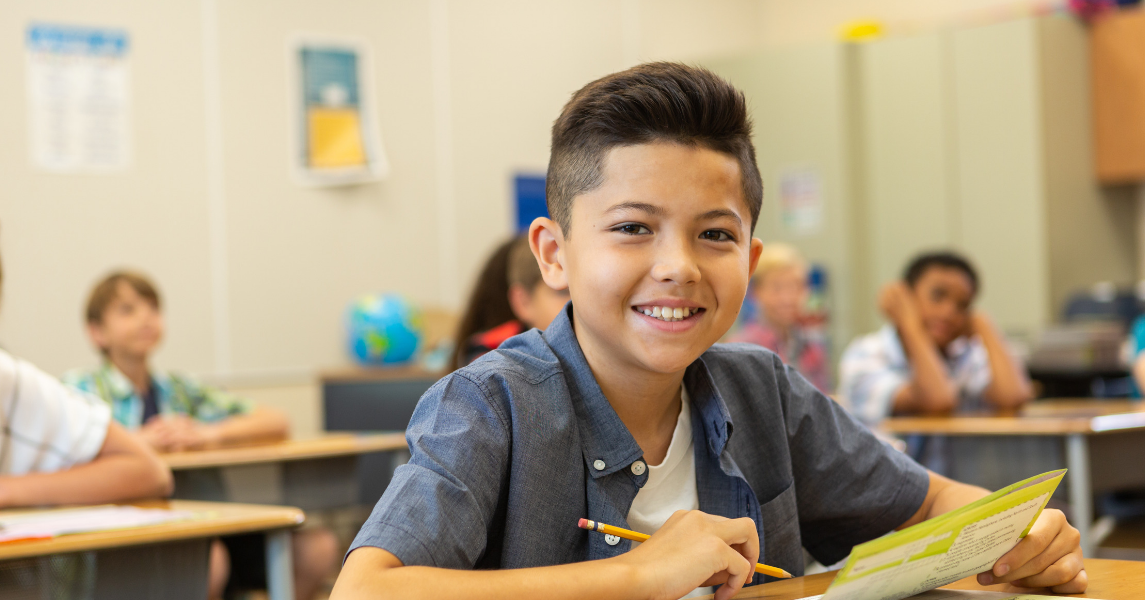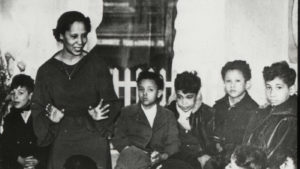Hispanic Heritage Month: Educating Beyond the Curriculum
September is Hispanic Heritage Month, and we applaud all those educators who celebrate the historic and current contributions of Hispanic people.
According to the National Center for Education Statistics, the percentage of Hispanic students in elementary and secondary schools across the nation is increasing. In a recent study, between 2000 and 2015, their number increased from 16 to 26%, while numbers for white students decreased from 61 to 49%, and the percentage of African American students also decreased from 17 to 15%.
Western states led this increase, with Hispanic students making up 42% of all enrolled. In Texas alone, Hispanic students made up 52% of all enrolled students in the state in 2015, according to the Annie E. Casey Foundation Data Center. These numbers do not even count rise in students who identify as other multicultural heritages.
It is extremely important for these Hispanic students to see themselves reflected in the educational materials teachers use in the classroom — not only during Hispanic Heritage Month, but throughout the entire year. Hispanic heritage is intrinsically connected to America’s foundations, and should always be celebrated as an important part of American history. As 21st Century educators, we need to study and teach all perspectives of history, giving voice to all experiences and points of view.
In honor of Hispanic Heritage Month, here are just a few Hispanic people who have contributed to the America we enjoy today.
Civil Rights
Dolores Huerta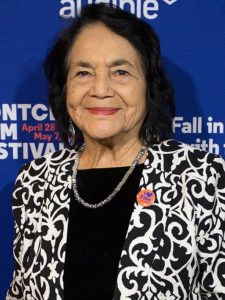 , born in 1930, was the co-founder of United Farm Workers and worked alongside César Chavez to improve working conditions and ensure the rights of migrant workers in the U.S. She had an important part in the passing of the Agricultural Labor Relations Act of 1975 — the first law in the U.S to grant farm workers in California the right to organize and negotiate for better wages and working conditions. Today, she continues to speak out on social issues, including: immigration, income inequality and rights for women and Latinos.
, born in 1930, was the co-founder of United Farm Workers and worked alongside César Chavez to improve working conditions and ensure the rights of migrant workers in the U.S. She had an important part in the passing of the Agricultural Labor Relations Act of 1975 — the first law in the U.S to grant farm workers in California the right to organize and negotiate for better wages and working conditions. Today, she continues to speak out on social issues, including: immigration, income inequality and rights for women and Latinos.
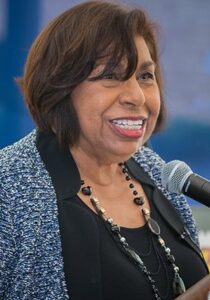 Sylvia Méndez, born in 1936 and of Mexican and Puerto Rican heritage, was only nine years old when she was turned away from enrolling in an Orange County school in California designated as for “whites only.” This event led her parents and other Hispanic Americans to sue the school district and win the landmark case, Méndez v. Westminster, in 1946. This case paved the way for Brown v. Board of Education seven years later and became instrumental in ending segregation in U.S. schools. Méndez continues to be a civil rights advocate today. In 2011, Méndez was a recipient of the Presidential Medal of Freedom.
Sylvia Méndez, born in 1936 and of Mexican and Puerto Rican heritage, was only nine years old when she was turned away from enrolling in an Orange County school in California designated as for “whites only.” This event led her parents and other Hispanic Americans to sue the school district and win the landmark case, Méndez v. Westminster, in 1946. This case paved the way for Brown v. Board of Education seven years later and became instrumental in ending segregation in U.S. schools. Méndez continues to be a civil rights advocate today. In 2011, Méndez was a recipient of the Presidential Medal of Freedom.
Education
Eugenio María de Hostos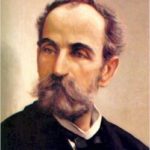 , 1839-1903, was an educator, philosopher and sociologist. Throughout his life, he advocated for immigrant and women’s rights, and the abolition of slavery. His educational philosophy contributed to significant reforms in Chile and the Dominican Republic. Hostos’ life and contributions earned him the nickname “The Citizen of the Americas.”
, 1839-1903, was an educator, philosopher and sociologist. Throughout his life, he advocated for immigrant and women’s rights, and the abolition of slavery. His educational philosophy contributed to significant reforms in Chile and the Dominican Republic. Hostos’ life and contributions earned him the nickname “The Citizen of the Americas.”
Pura Belpré, 1899-1982, was a gifted storyteller and puppeteer who became the first Puerto Rican and Latina librarian at the New York Public Library. Noting the lack of children’s books in Spanish, Belpré wrote stories that were culturally relevant for the Spanish-speaking children in New York. Her bilingual story hour broke the language barrier in the library. Today, the Pura Belpré Award recognizes writers and illustrators who highlight the Latino experience in children’s and young adult books.
Science
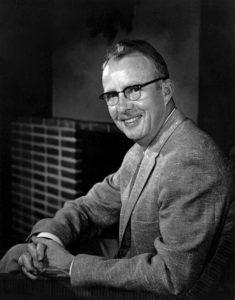 Luis Álvarez, born in 1911, was the first Hispanic to win a Nobel Prize in Physics. His work during WWII led to the development of the microwave early warning radar system, a high altitude bombing system, and a blind landing system, later known as the Ground-Controlled Approach. He created a method for detecting where nuclear research and development in countries across the world. With his son, Walter Álvarez, he introduced the theory that dinosaurs went extinct after a massive meteor struck earth. The meteor site is believed to be the Chicxulub crater, in the sea off Mexico’s Yucatan Peninsula.
Luis Álvarez, born in 1911, was the first Hispanic to win a Nobel Prize in Physics. His work during WWII led to the development of the microwave early warning radar system, a high altitude bombing system, and a blind landing system, later known as the Ground-Controlled Approach. He created a method for detecting where nuclear research and development in countries across the world. With his son, Walter Álvarez, he introduced the theory that dinosaurs went extinct after a massive meteor struck earth. The meteor site is believed to be the Chicxulub crater, in the sea off Mexico’s Yucatan Peninsula.
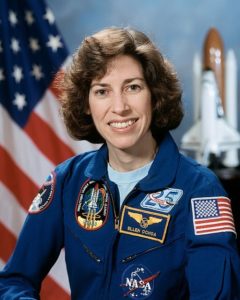 Ellen Ochoa, born in 1958, was the first Hispanic female astronaut. She was also the first Hispanic — and second female — director of the Johnson Space Center. According to NASA, she went to space four times from 1993 to 2002. She logged almost 1,000 hours in orbit, and earned NASA’s highest award: the Distinguished Service Medal. She also earned the Presidential Distinguished Rank Award, as well as many other awards throughout her career.
Ellen Ochoa, born in 1958, was the first Hispanic female astronaut. She was also the first Hispanic — and second female — director of the Johnson Space Center. According to NASA, she went to space four times from 1993 to 2002. She logged almost 1,000 hours in orbit, and earned NASA’s highest award: the Distinguished Service Medal. She also earned the Presidential Distinguished Rank Award, as well as many other awards throughout her career.
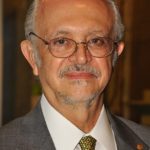 Mario Molina, a Mexican born in 1943, was awarded the 1995 Nobel Prize in Chemistry. He was not the first Hispanic to win this award, but his part in developing the CFC-ozone depletion theory proved that chlorofluorocarbon gases, CFCs, are harmful to the atmosphere. This work prompted many countries to ban them.
Mario Molina, a Mexican born in 1943, was awarded the 1995 Nobel Prize in Chemistry. He was not the first Hispanic to win this award, but his part in developing the CFC-ozone depletion theory proved that chlorofluorocarbon gases, CFCs, are harmful to the atmosphere. This work prompted many countries to ban them.
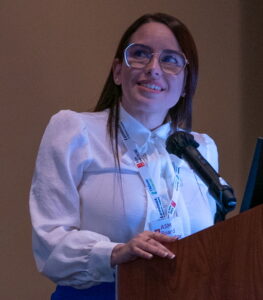 Greetchen Díaz, born in 1980, is a scientist in microbiology and cell biology. Her current work focuses on outreach in the education of Puerto Rican and Hispanic women in STEM through nonprofit programs. She was selected by the American Association for the Advancement of Science to serve as an IF/THEN Ambassador — one of 100 high profile STEM role models for middle school girls.
Greetchen Díaz, born in 1980, is a scientist in microbiology and cell biology. Her current work focuses on outreach in the education of Puerto Rican and Hispanic women in STEM through nonprofit programs. She was selected by the American Association for the Advancement of Science to serve as an IF/THEN Ambassador — one of 100 high profile STEM role models for middle school girls.
Politics and Law
Ileana Ros-Lehtinen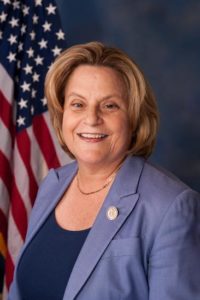 , born in Havana, Cuba in 1952, became the first Hispanic woman elected to Congress in 1989. She was an advocate for Women Airforce Service Pilots, or WASPs, to receive the recognition they deserved as veterans of WWII. Ros-Lehtinen’s election also opened doors and broke barriers for other Hispanic women in Congress today, such as Nydia Velázquez and Alexandria Ocasio-Cortez, and others.
, born in Havana, Cuba in 1952, became the first Hispanic woman elected to Congress in 1989. She was an advocate for Women Airforce Service Pilots, or WASPs, to receive the recognition they deserved as veterans of WWII. Ros-Lehtinen’s election also opened doors and broke barriers for other Hispanic women in Congress today, such as Nydia Velázquez and Alexandria Ocasio-Cortez, and others.
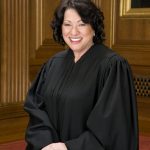 Sonia Sotomayor, born in 1954, became the first Latina Supreme Court Justice in 2009. She is currently the only Hispanic on the U.S. Supreme Court. A daughter of Puerto Rican parents, Sotomayor was born in New York and grew up in the housing projects in the Bronx. Her memoir, “My Beloved World,” was published in 2013.
Sonia Sotomayor, born in 1954, became the first Latina Supreme Court Justice in 2009. She is currently the only Hispanic on the U.S. Supreme Court. A daughter of Puerto Rican parents, Sotomayor was born in New York and grew up in the housing projects in the Bronx. Her memoir, “My Beloved World,” was published in 2013.
History
Juan de Miralles, 1713-1780, was a Hispanic patriot in the American Revolution, according to Cambridge University Press. Born in Spain, Miralles’ family moved to Cuba when he was young. He championed the cause for independence during the American Revolution and provided financial support to the Continental Navy. A good friend to George Washington, he attended the Continental Congress in Philadelphia and contributed to the founding of the U.S.
Arts
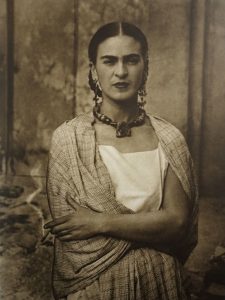 Juan Felipe Herrera, born in 1948, is the first Latino to serve as Poet Laureate of the United States. His poetry, books and performance art over his lifetime made him a leading voice for the Mexican American experience.
Juan Felipe Herrera, born in 1948, is the first Latino to serve as Poet Laureate of the United States. His poetry, books and performance art over his lifetime made him a leading voice for the Mexican American experience.
Frida Kahlo, born in 1907, is considered one of Mexico’s greatest artists. Her work mixed autobiographical realism with fantasy and celebrated Mexican and indigenous culture, and the female experience.
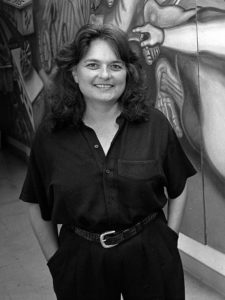 Judy Baca, born in 1946, is an artist and educator who uses her art for societal change. Founder of the Social and Public Art Resource Center in Los Angeles, she focuses on sharing the voices of disenfranchised communities through mural and monument art within the common public spaces.
Judy Baca, born in 1946, is an artist and educator who uses her art for societal change. Founder of the Social and Public Art Resource Center in Los Angeles, she focuses on sharing the voices of disenfranchised communities through mural and monument art within the common public spaces.
These are just a few Hispanic people who made important contributions to the world we live in today — there are many, many others.
